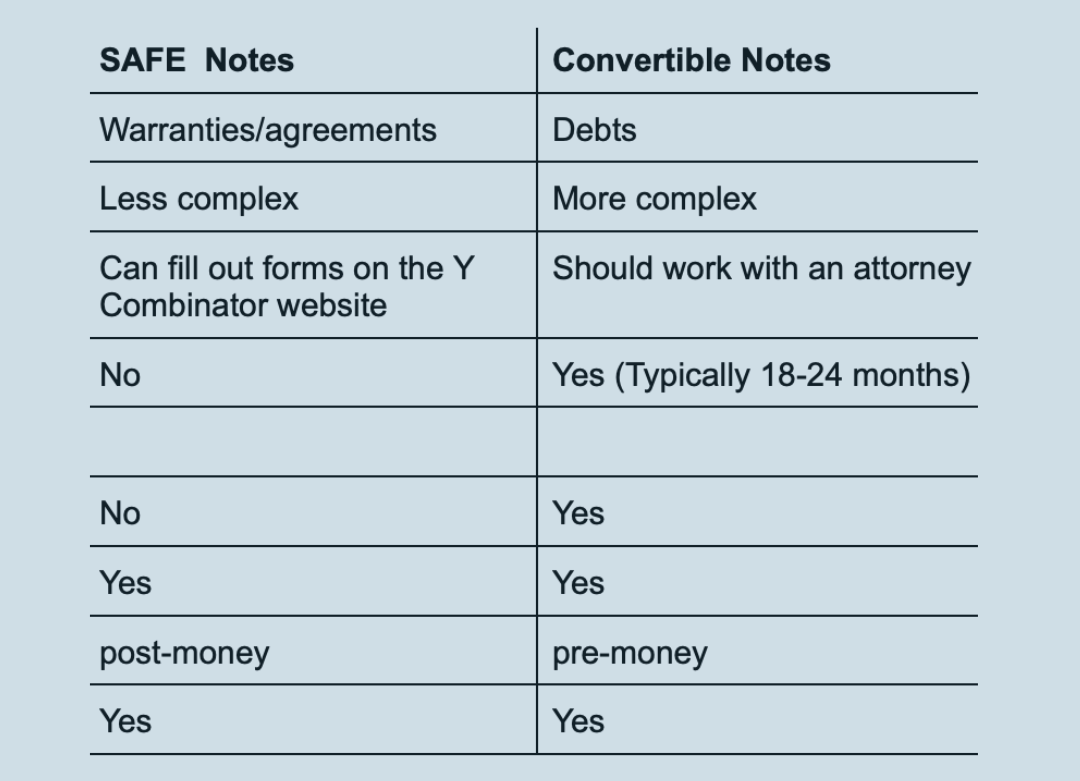Estimated Quarterly Tax Calculator
Are you a business owner struggling to stay on top of quarterly tax filings? Gone are the days of stress and confusion over how much to pay and when. With GrowthLab’s quarterly tax calculator, you’ll be able to better navigate the financial seas like a seasoned pro (or at least someone who’s really good at Googling tax-related questions). So whip out your calculator or open up your spreadsheet, grab your coffee, and let’s quickly tackle these taxes, one quarter at a time!
*disclaimer this ONLY for estimation purposes. this should not be used as a final tool to pay your taxes with. and someone should always consult with their tax professional*
How does our Quarterly Tax Calculator Work?
Our quarterly tax calculator is designed to turn complex calculations into simple inputs, so you can get a
ballpark estimate for your tax bill
in seconds. By breaking down each key input, from income to expenses and beyond, we help you better understand exactly what goes into financial results. So why stress about the numbers?
What are Quarterly Taxes & Who Owes Them?
Quarterly taxes are payments made by self-employed individuals or business owners to the IRS four times per year. This is a way for individuals or businesses to pre-pay a portion of their taxes so they don't have to pay a large lump sum at the end of the year.
Generally, any self employed individual or business that expects to owe more than $1,000 in taxes for the year will need to make quarterly tax payments.
What are the Quarterly Tax Due Dates?
Click to see the due dates for quarterly tax payments.
How do I Pay my Quarterly Taxes?
Paying your quarterly taxes is simple: visit IRS.gov and click on “pay”; then, choose a bank account, debit, or credit and select a payment for estimated tax when prompted by the IRS.
What Doesn’t the Tax Calculator Include?
Tax Credits
At times, tax credits may be based on your personal circumstances. For example,
- Had a baby
- Bought a home
- Went to school
To provide you with the most accurate results, we would need to inquire more information from you. However, for the ease of use and speedy calculations, we’ve left them out of our tool. If you’d like additional help, you can contact us!
*disclaimer this ONLY for estimation purposes. This should not be used as a final tool to pay your taxes with. You should consult with your tax professional*
Other Blogs Related to Startup Finance






